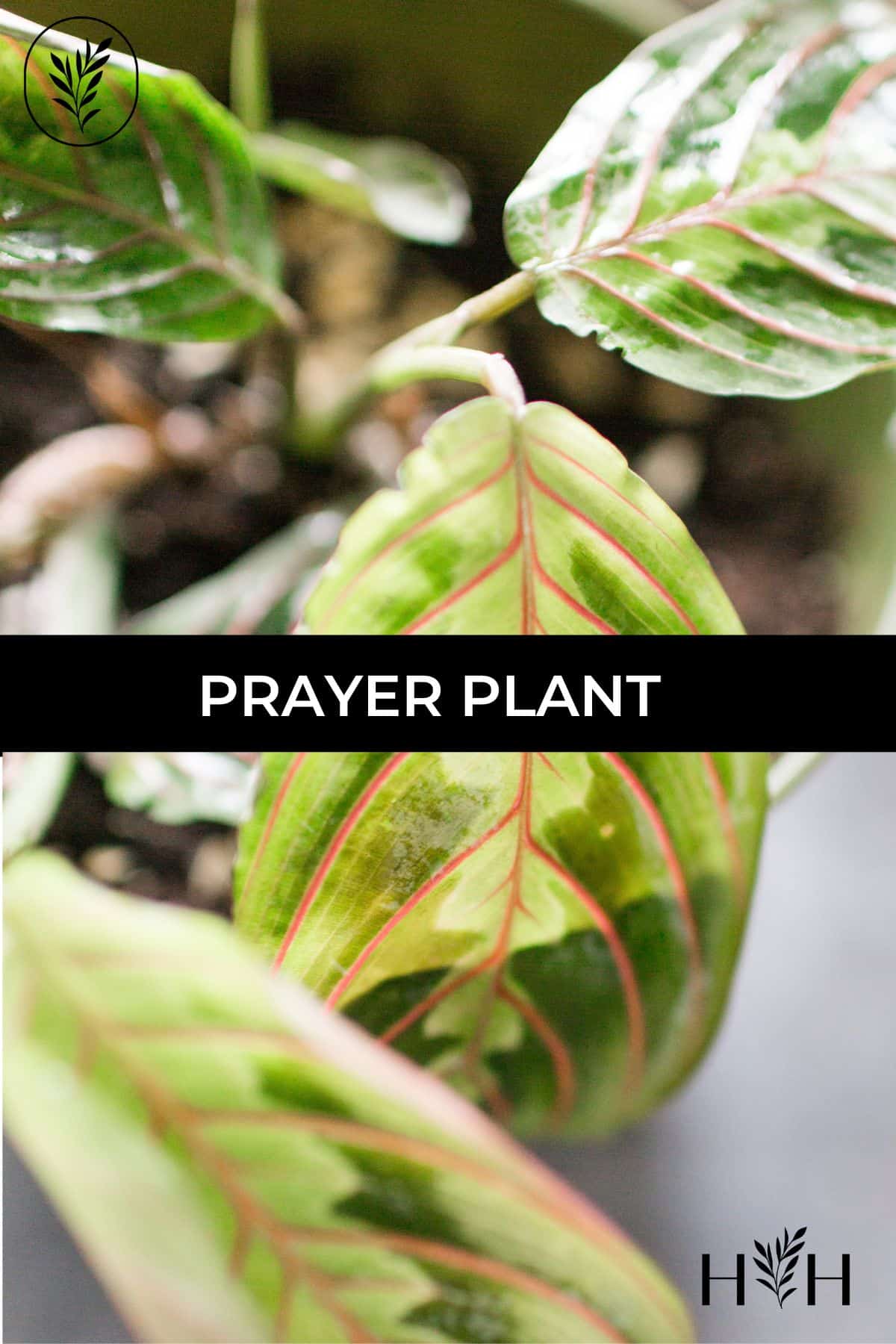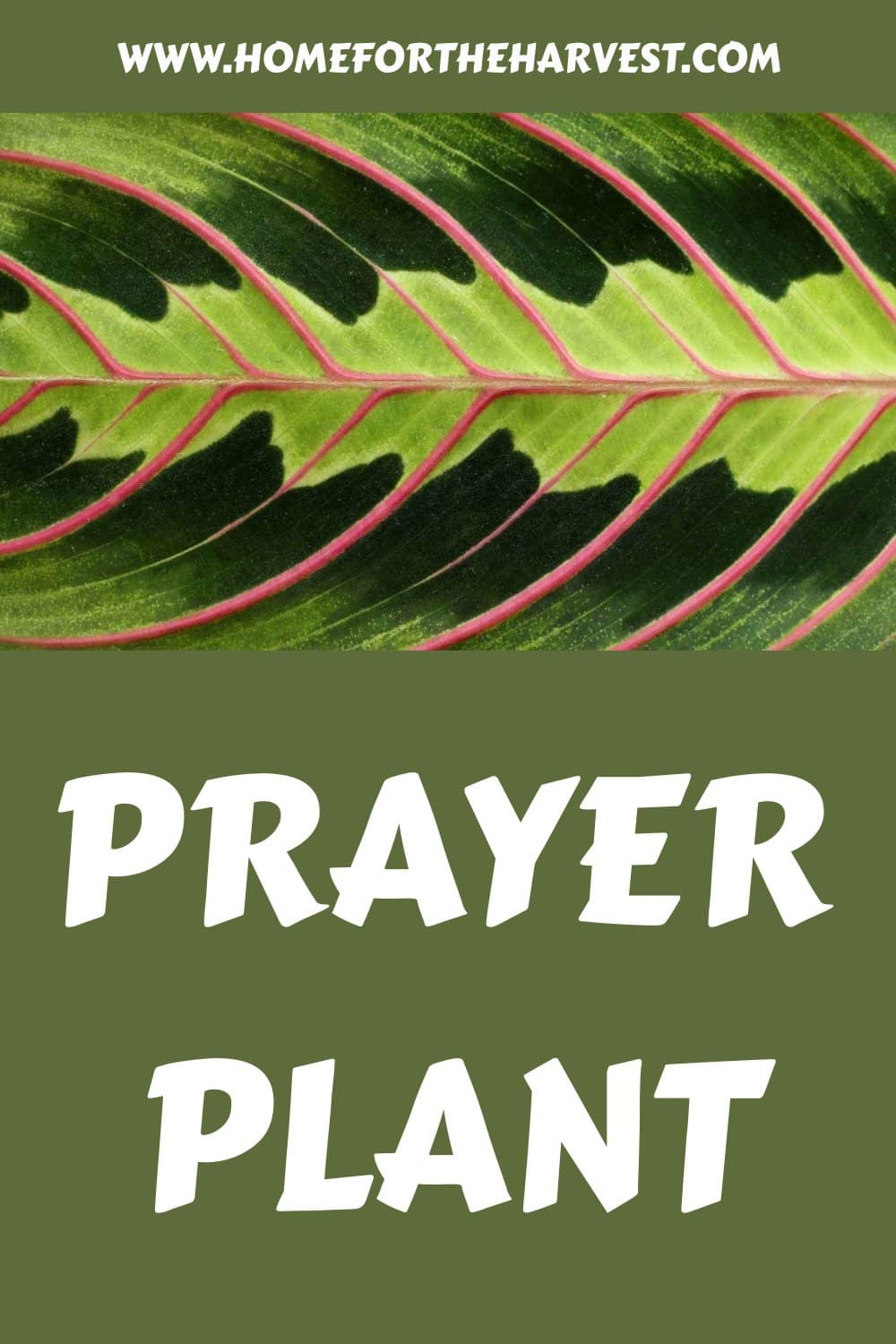The prayer plant is a popular houseplant that is known for its gorgeous foliage and low-maintenance care requirements.
Prayer plants (Maranta leuconeura) are vibrant houseplants in the Marantaceae (Maranta) family grown for the contrasting vein and rib patterns on their ornamental foliage. They have patterned leaves that lay flat during the day but stand up during the evening as if they are praying to the skies. The prayer plant originated in tropical Brazil and loves humidity, prefers indirect sunlight, and soil that drains well.
Let’s talk more about prayer plants and why they are so beloved as indoor plants.
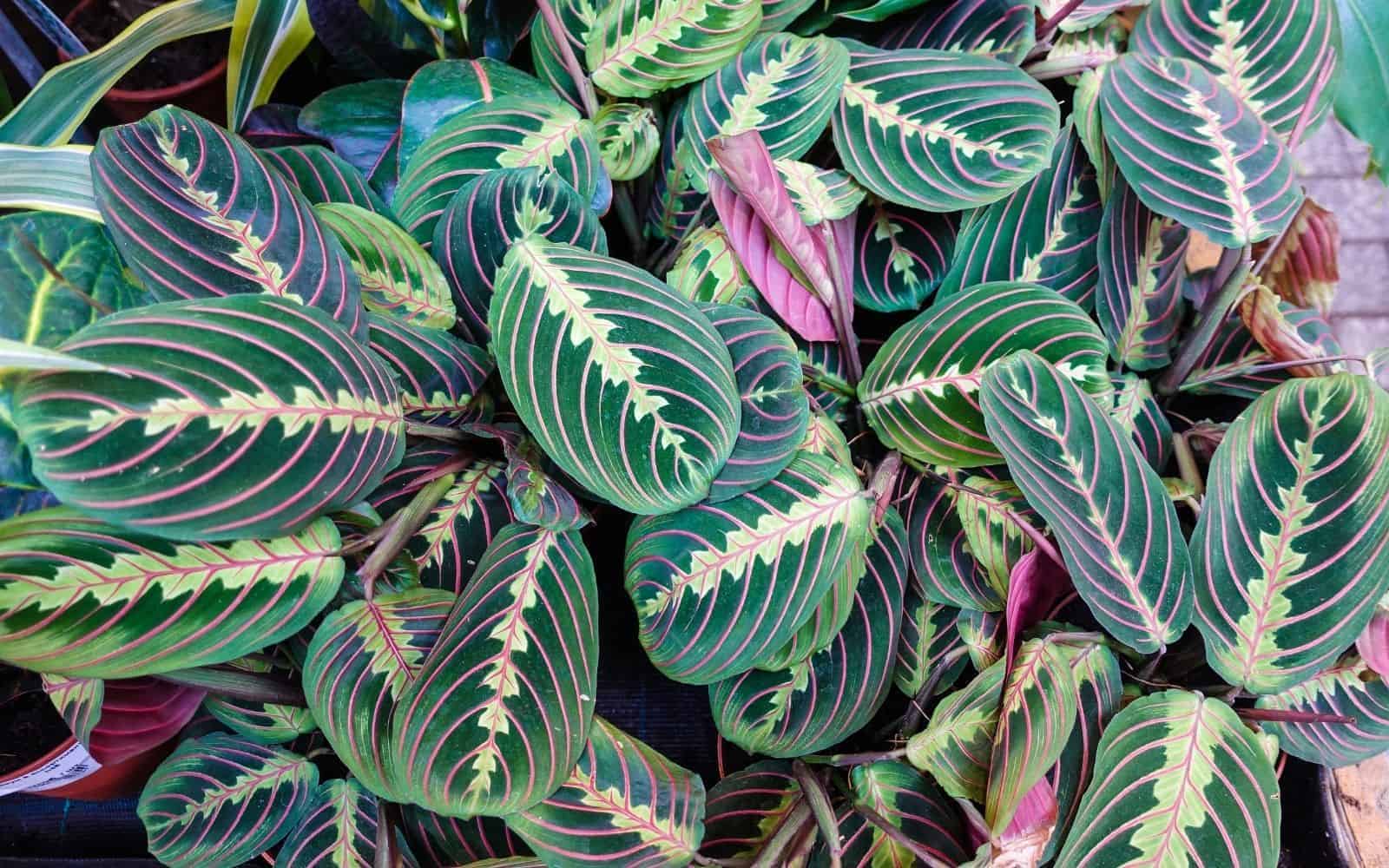
Prayer plant basics
Prayer plants are foliage perennials native to the Brazillian rainforest that are often grown as houseplants. Prayer plants are known for their high-contrast rib/vein pattern and for their habit of lifting their leaves upwards at night, a plant circadian rhythm called Nyctinasty.
When growing prayer plant as a houseplant, it can be very helpful to have some insight into its origins. The natural native environment of the prayer plant gives us plant parents lots of indications into how to grow it successfully at home.
Maranta leuconeura is native to Brazil. The different species are found mostly in the tropical areas of Brazil because these regions meet the conditions that the plant needs to grow in. This plant was found in the sixteenth century by an Italian named Bartolomeo Maranta. He found the plant in the New World Tropics, which we know today as Brazil’s tropical forests.

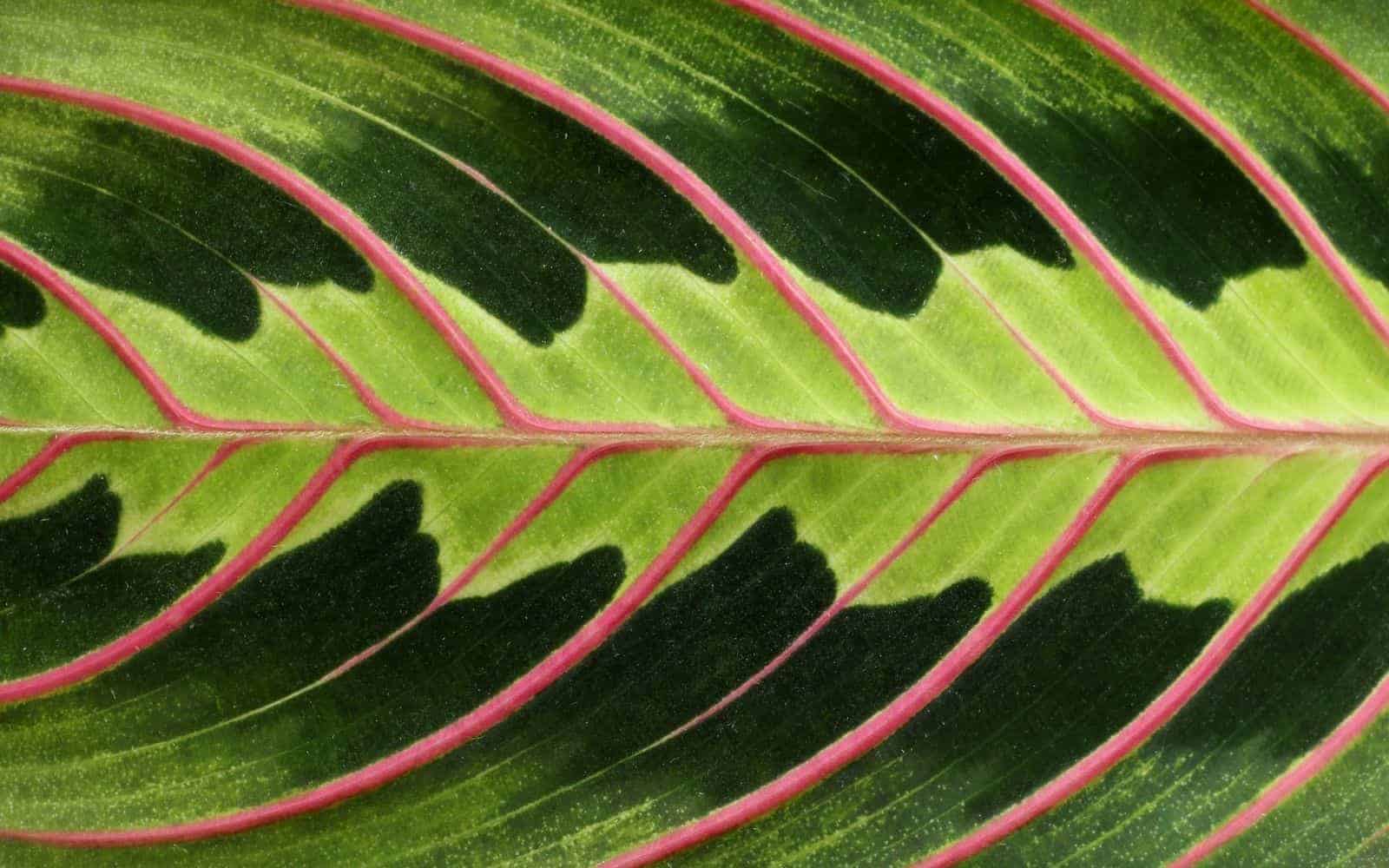
Types of prayer plants
There are different types of prayer plants that people find interesting and want to take into their homes. The most popular prayer plants are ones with tricolor variations. These are eye-catching and visually striking, so lots of people want them in their home gardens. The most common species in the Maranta Genus are:
- Maranta leuconeura var. erythrophylla: The leuconeura erythrophylla is a tri-colored prayer plant that is sometimes called Herringbone Plant. The variety is tone of the most popular because of the bold feature of its red veins.
- Maranta leuconeura var. kerchoveana: The leuconeura kerchoveana is also known as the Rabbit’s Tracks. This variety has the features of plain green leaves with two rows of darker green splotches.
- Maranta leuconeura var. massangeana: The leuconeura massageana is a species that has a darker background color in the leaves. This type also has silvery blotches along the midrib as well as white veins.
Varieties of prayer plant to grow
Prayer plants are sold more often by common names and named cultivars, rather than listed under their botanical Latin names. Here are some popular cultivars/varieties of Prayer Plant (Maranta) to choose from:
- Lemon Lime Prayer Plant – green with yellow veins
- Golden Lemon Prayer Plant – dark green with yellow veins
- Green Prayer Plant – sage green patterned leaves
- Red Prayer Plant – red striped veins
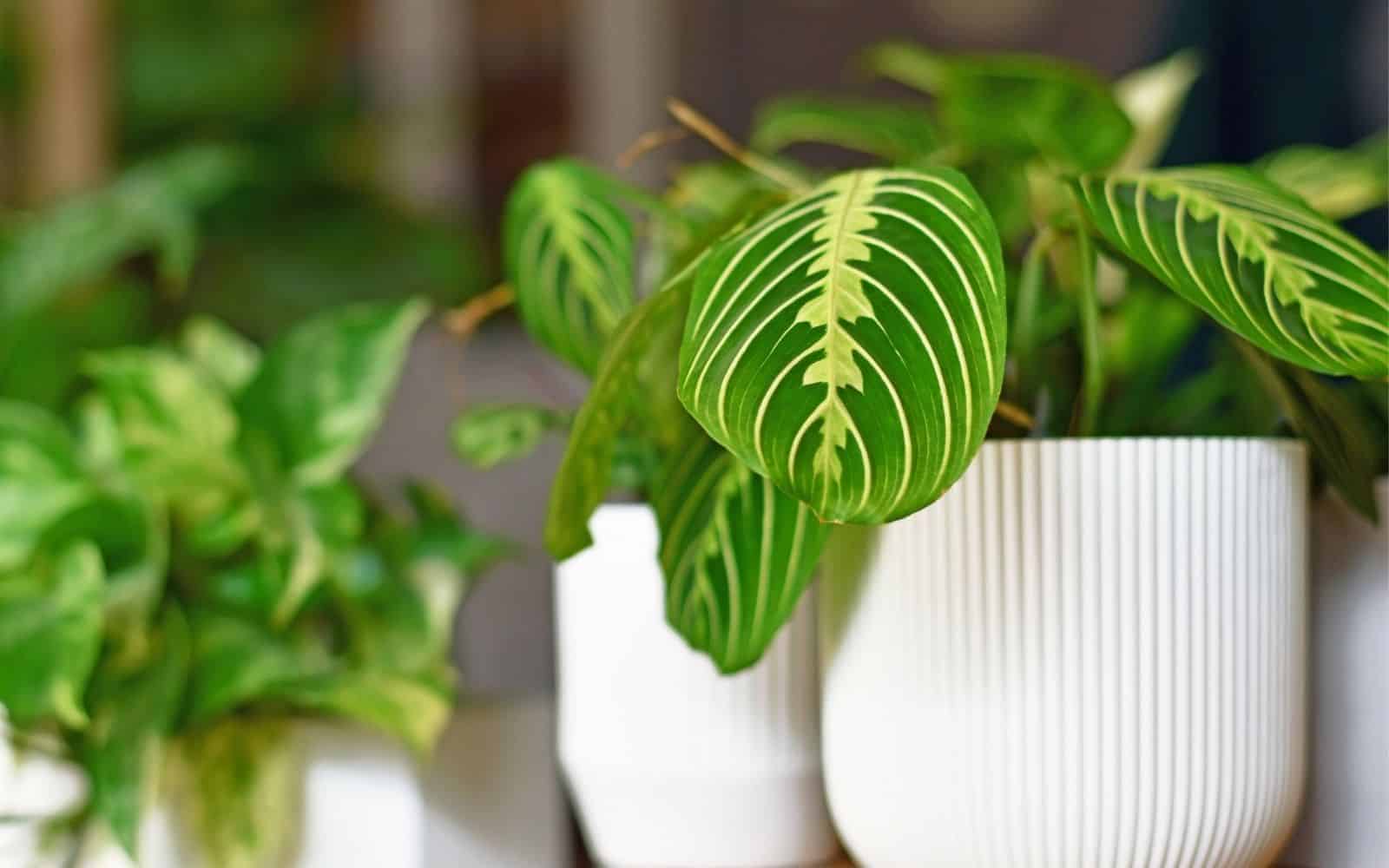
How to care for prayer plant
Here are the basics of plant care for the prayer plant.
Light requirements for prayer plants
Light is a common factor that everyone knows plants need, and prayer plant is no different. Even though some plants prefer shade and others prefer sun, they all need a certain amount of sunlight to perform photosynthesis. Without the correct amount of light, the energy or carbohydrates will not be produced correctly or at all.
Prayer plants require indirect sunlight. A plant with too much direct sunlight will quickly develop scorched leaves. They could also grow blotches on their leaves where the color fades intensely. This can cause serious damage to the plant and maybe even kill it.
Prayer plants have a greater tolerance for lower light levels than higher light levels. That said, if your indoor environment has very limited natural light, consider supplemental lighting with a little plant light.
Best potting soil for prayer plant
The average mix of nice houseplant soil tends to contain peat moss, coco coir, and/or perlite. These ingredients work well for prayer plants. Soil should always be well-draining so that the soil doesn’t get soggy and cause root rot or other moisture-related problems for the plant.
Here is a recipe to create your own soil mixture for a Prayer Plant. This includes:
- Two-parts organic peat moss or coco coir
- One-part loamy outdoor garden soil
- One-part perlite or course sand
If you don’t want to add outdoor soil (and there are many reasons for that), choose a high-quality potting soil mix for your prayer plant.
Fertilizer for prayer plant
Adding fertilizer to a plant’s water or soil will help the plant grow and stay healthy for a long time. Houseplants need extra nutrients via fertilization because they are isolated from the natural outdoor ecosystem that would deliver them nutrients in their native environment.
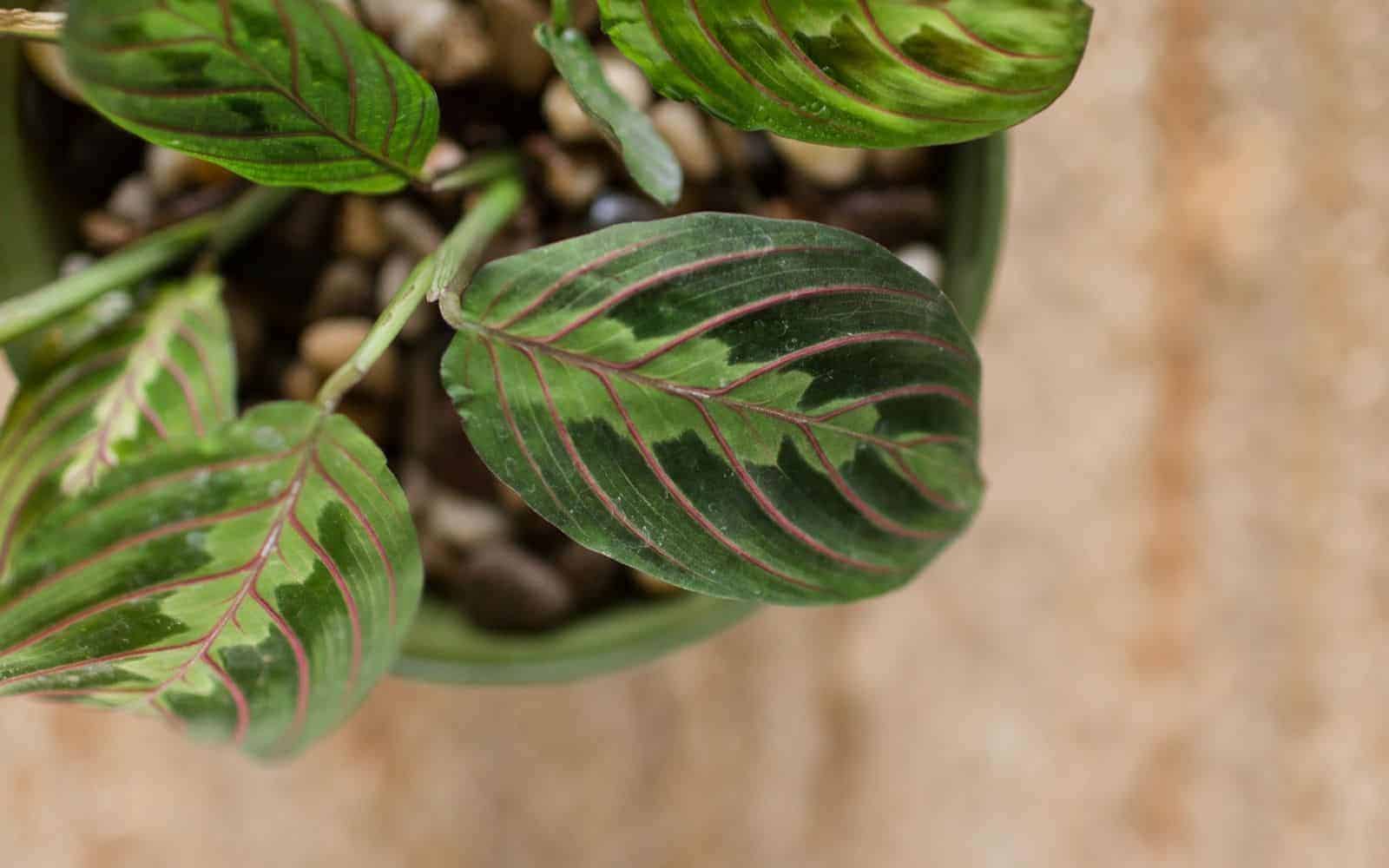
Watering prayer plants in containers
Water is another essential part of plant care. Plants are 80-95% made up of water and they use water for different reasons besides growing. These reasons are photosynthesis, cooling, and transporting minerals, and nutrients from the soil into the plant. Read more about why plants need water.
Prayer Plants are plants that do not like to be very dry. It is important that the Prayer Plants receive water because these plants are susceptible to droughts and will not survive without water for a long period of time due to their tropical nature. The correct way to make sure that the plants are well watered and no fungi are being grown on the plants is to water the soil and not the leaves. This is due to the fact that the roots absorb the water while the leaves do not. If the water is insufficient or if the plant is overwatered, the leaves will turn yellow and fall off of the plant.
The soil is required to be evenly moist all of the time. This can be easily accomplished by watering the prayer plant frequently so that the roots can absorb and keep a constant flow of water throughout the plant. It’s best if you use room temperature water to moisturize plants because hot and cold water can both be damaging.
Temperature for prayer plant
Temperature does not only affect people but plants and animals as well. For plants, temperature influences their photosynthesis capabilities flowering, transpiration, germination, and respiration. These are all vital processes that the plant relies on to survive, so maintaining the right temperature range is important.
Prayer Plants have a certain temperature range that they like to stay within. This temperature is between 60 to 80 degrees Fahrenheit. It is recommended to keep the plant around this temperature to keep it healthy. If the prayer plant is kept in temperatures below this for long periods of time, it will damage the leaves and cause them to fall off the plant.
Humidity for prayer plant
Humidity is another important factor for Prayer Plant. Humidity helps make photosynthesis possible for the plant to do. The plant has the ability to absorb humidity when it is saturated enough to become water vapor. There are times when humidity can be harmful to the plant. Of course, humidity that is too high or too low can cause problems as well. Plants that are too humid may not be able to regulate the water within their bodies, plus they are more likely to develop fungal growths.
Prayer Plants thrive in very humid environments though. Since not everyone lives in a humid environment, there are different ways to make the plant have its level of humidity. For one, you can set up a small humidifier near the plant or in a nearby area. Another tactic is to mist the plants daily, creating light water vapor around the leaves of the plant.
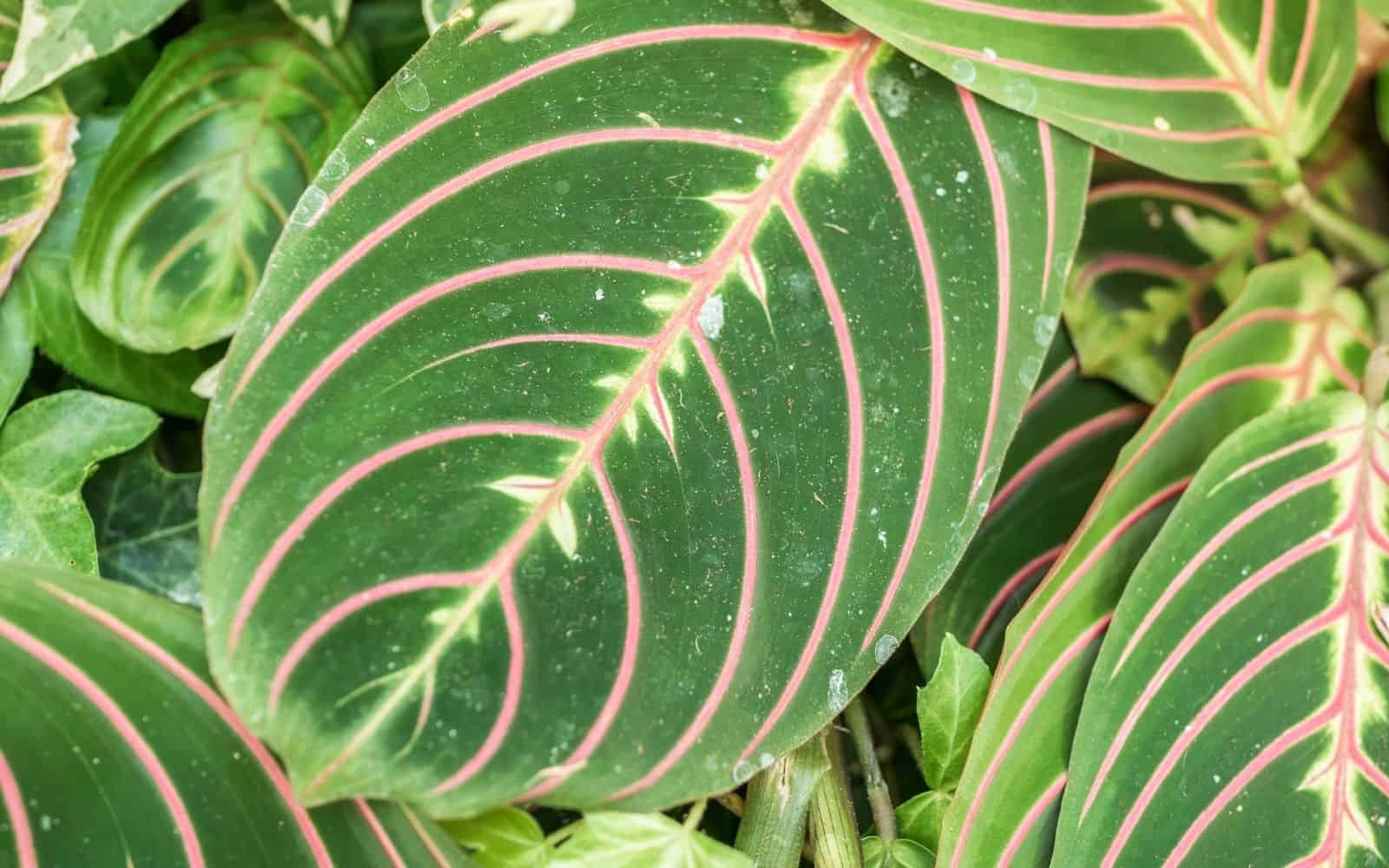
How to repot a prayer plant
Repotting is the process that a plant goes through when they are moved from one pot to another. This is usually done when you need to move a plant into a larger pot. This process can be done at any time in a plant’s life, but it shouldn’t be done too frequently because the plant needs time to adjust. When you repot, you can also add fresh potting mix.
There are situations when moving the plant from one pot to another pot can hurt it. These situations do not happen all of the time, but it is still possible. Sick plants or plants not given enough care after they have been repotted will have a greater chance of dying.
The same can be said for repotting a prayer plant. These plants don’t have to be repotted very often. Once the plant starts to become root-bound to the pot, the plant will start to grow at a much slower rate. When repotting a prayer plant, get a pot that is 1-2″ wider than the existing pot. This gives enough room to add the newer pot mixture and gives the prayer plant room to spread out.
Pruning prayer plants
Pruning is the practice of removing a selected part of the plant (branches, leaves, and flowers). This can be done to give the plant shape or to improve better growth in the system.
Pruning encourages vigorous growth in the plant. Using sterilized scissors, clip the stem just above the leaf node. In turn, the plant will respond by spending out newer shoots in the direction of where the plant was clipped. Newer leaves and stems will start to grow in that area.
Commonly asked questions about Prayer plants
Why is my Prayer Plant not closing?
If the leaves are not closing, it can be due to too much or too little light in the area. Perhaps there is not enough light during the day, too much light at night, or the contrast between day and night is not enough to signal the daily cycle for the plant.
How often does a Prayer Plant bloom?
Prayer plants rarely bloom indoors, but may bloom in good conditions. In the spring and summer, the plant is more likely to bloom with emerging flower spikes. These flowers look like a two-lipped, white blossom with purple spots.
How long do Prayer Plants live?
A prayer plant can live between 40-70 years if it is being nurtured properly in the right environment. If the prayer plant is left uncared for by the owners and is not in a suitable growing environment, it may only last a few months.


